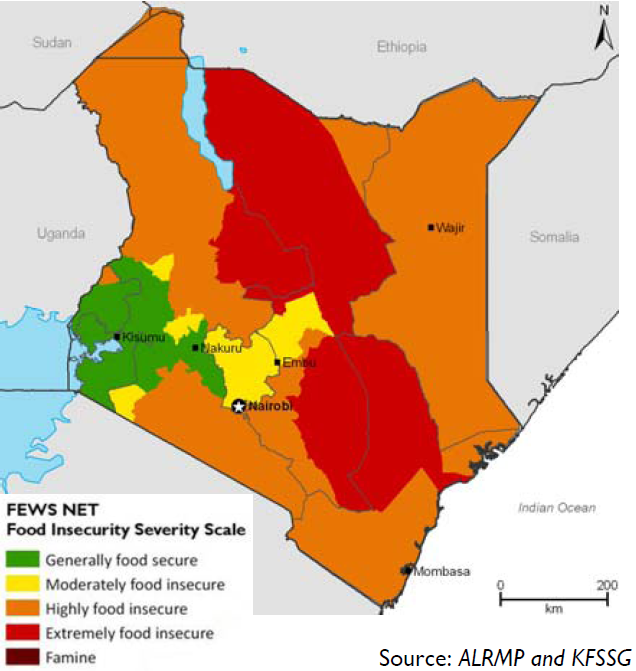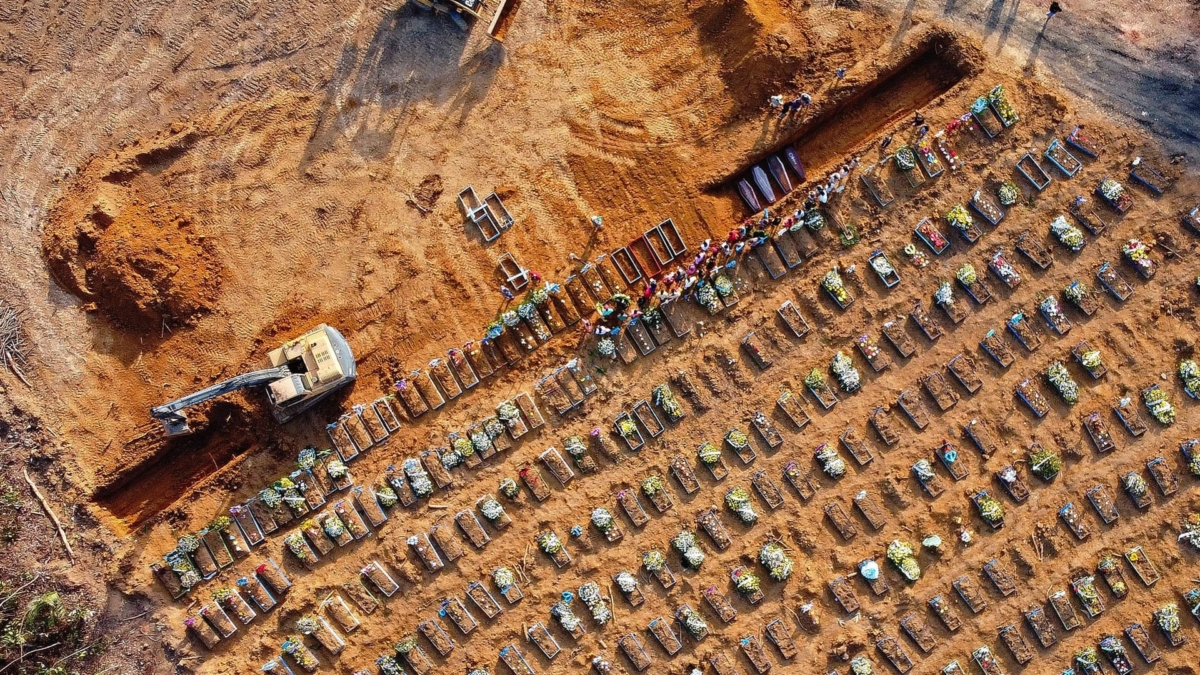Graph of the Day: Kenya Food Security, October 2009
The 2009 short rains season is underway across most areas of the country. Above‐normal rains have been reported in most of the eastern half of the country, while rains have picked up in some areas reporting lower than average cumulative October rainfall. Food insecurity remains high for severely drought–affected pastoral and marginal agricultural households (Figure 1) and is likely to persist through most of the year as the impacts of improved rains on crop and livestock production will not immediately manifest. Significant livestock mortalities in pastoral areas, at the onset of the short rains, compounded by additional livestock mortalities arising from the prolonged drought, are expected to significantly slow the recovery process. In spite of ongoing maize harvests in key growing areas, maize prices remain over 80 percent higher than normal in urban, pastoral, and marginal agricultural areas, accentuating the erosion of household purchasing capacities. The extent to which proposed food and non‐food interventions are expected to mitigate heightened food insecurity is tempered by significant funding gaps for both food and non‐food interventions. The most critical needs include mitigation of rising malnutrition and upsurge in diseases in the health and nutrition sector; provision of planting seed and other production inputs in the agricultural sector; prevention and control of livestock diseases in the livestock sector; rehabilitation and purification of water sources in the water sector; and provision of relief food, protection rations and supplementary feeds through the food sector.

